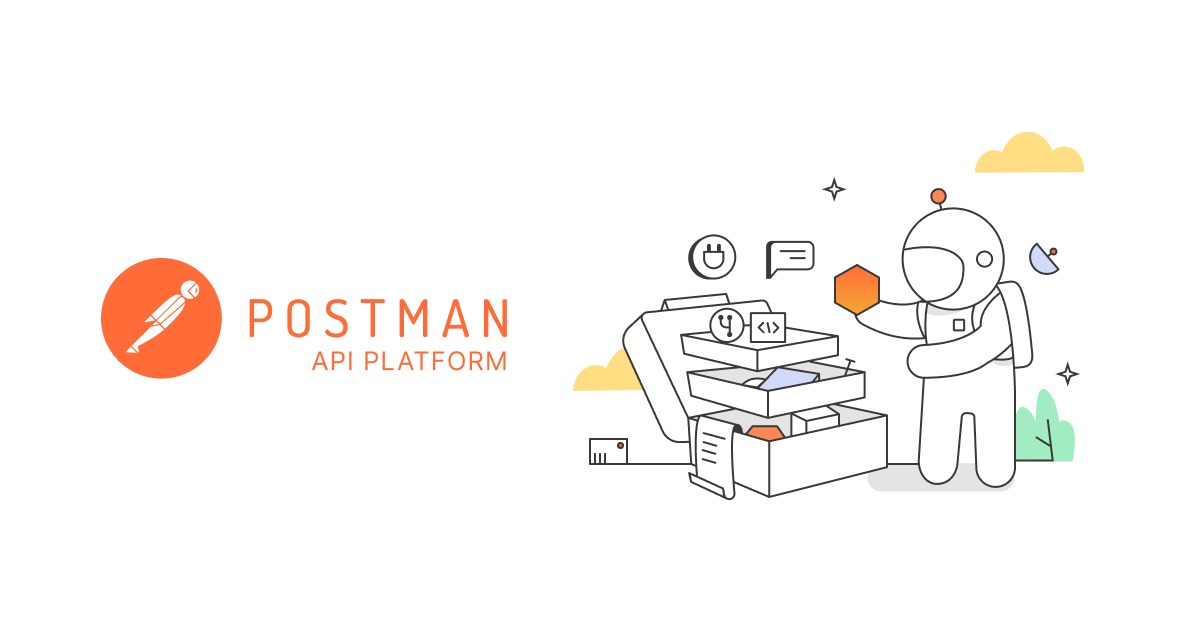Multi-level folders and folder reordering
Collections are a handy way to group and run your HTTP requests. Many Postman users have already discovered the wonders of using folders to further organize requests within a collection. Additionally, folders can be run the same way you would run a collection, executing all the requests in a given order within a folder.
A number of developers told us about the need for more organization. They wanted to add a folder within a folder, or reorder folders to more closely match their workflow.
You asked, and we listened. Now, you can add deeper levels of nesting for folders in the same way you add a folder to a collection. Drag and drop the folders to reorder them to create the ultimate customized folder structure.
These enhancements are out on our Canary build, and will hit our stable builds this week.



How do I move one folder with collections in it to another collection? I can only move one call from a directory to the other directory. Is there a bulk way to do it.
Any suggestions when to use subfolder over collection?
Don’t seem to be able to move subfolders out of a parent folder. any suggestion on how to ‘promote’ a folder from subfolder level to parent level?
You can drag and drop folders. Drag the folder to where you want to place it, either before or after items or within another folder. You will see the proposed placement highlighted.
Please add feature for sorting folders alphabetically.
When we execute a folder having sub-folders. the folder info is not seen in the execution panel. All we see is a sequence of API requests. It is very had to interpret the flow. Only when we go to view results mode and hover the mouse over a req we see the folder info. This is painful.
Can you tell me more about your concern? Folder descriptions display on the far right context bar. The sequence of API requests appears as a list within a collection. If you’re looking for a visual representation of the API execution order (besides waterfall order), I suggest using Flows: https://learning.postman.com/labs/postman-flows/getting-started/flows-overview/
folders can be ordered with other folders, requests with other requests, but folders will always be on top of requests.
I’m using folders to represent a branching system, when a decision is taken it has its specific subfolder and further decisions taken from there have their own subfolders inside that subfolder.
Not being able to order requests and folders together doesn’t help at all for clarity.
Would be nice to give more control on that.
“folders can be ordered with other folders, requests with other requests, but folders will always be on top of requests.”
+1. This still seems to be the case and isn’t ideal. Any chance that’s on the backlog?
Can we get the results organized by folder too?
One of our endpoints have massive amount of parameters and any combination of different values of these parameters will result differently too(which is probably the case of other APIs).
Thanks for this feature, we were able to properly organize our collection, but the results shows in a long list. Most have the same name request names and only differs with the folder path.
For example: one of the web methods that I’m talking about returns a massive amount of data too, so I focused for the mean time on one part of the results. So I created a sub-directory that represents the web-method, then a sub-directory under it that represents that portion of the results. Under that, I created two more levels that represents the other possible combination of values, then the actual requests. Something like this:
api
| – Calculator
| — {{baseUrl}}/api/Calculator/Calculate
| — Result Part – 11
| —- fieldA: 1
| —– fieldB: A
| —— [POST] fieldC: ABC
| —— [POST] fieldC: DEF
| —— [POST] fieldC: 123
| —— [POST] fieldC: A23
| —— [POST] fieldC: ABCDE
| —– fieldB: B
| —— [POST] fieldC: ABC
| —— [POST] fieldC: DEF
| —— [POST] fieldC: 123
| —— [POST] fieldC: A23
| —— [POST] fieldC: ABCDE
| —– fieldB: C
| —— [POST] fieldC: ABC
| —— [POST] fieldC: DEF
| —— [POST] fieldC: 123
| —— [POST] fieldC: A23
| —— [POST] fieldC: ABCDE
….
| —- fieldA: 2
| —– fieldB: A
| —— fieldE: 1
| ——- [POST] fieldC: ABC
| ——- [POST] fieldC: DEF
| ——- [POST] fieldC: 123
| ——- [POST] fieldC: A23
| ——- [POST] fieldC: ABCDE
| —— fieldE: 2
| ——- [POST] fieldC: ABC
| ——- [POST] fieldC: DEF
| ——- [POST] fieldC: 123
| ——- [POST] fieldC: A23
| ——- [POST] fieldC: ABCDE
….
Some part of the results also have more field combinations. So imagine how deep in will go and the results will look really repetitive. And renaming each of the requests to include the values of other fields will look really ridiculous, aside from renaming each feels really a big pain in the arse.
So if we can see the results grouped by folder, it will really help us greatly. Thanks!